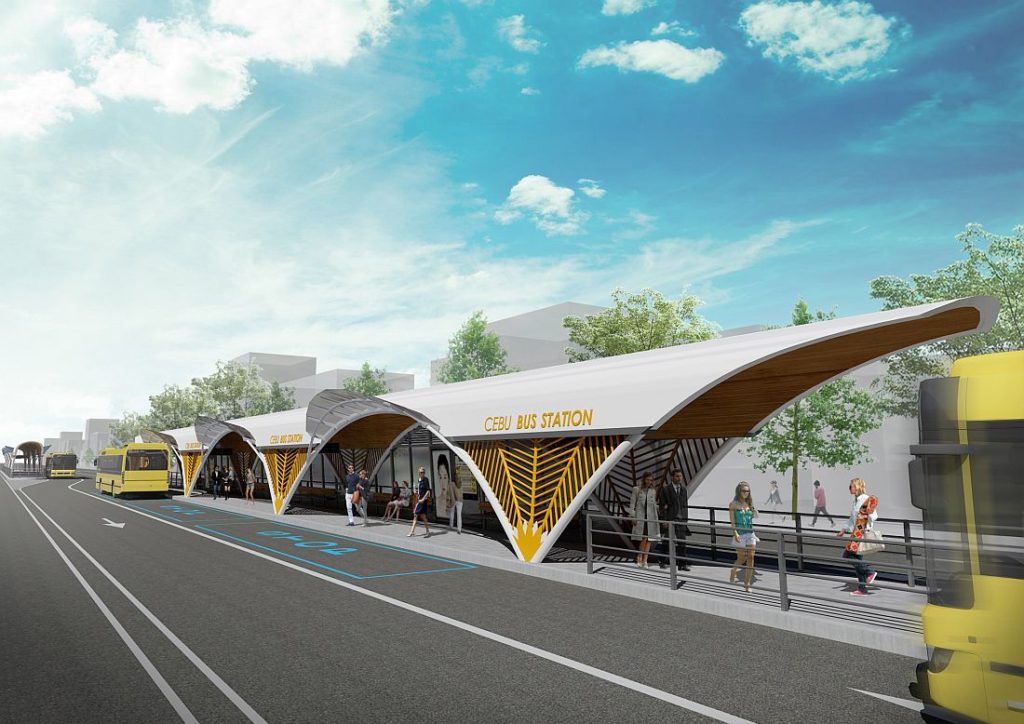Proponents hope to implement delayed project within the year
After all its delays, the P17-billion Cebu Bus Rapid Transit (BRT) project is now a go.
This developed after the National Economic and Development Authority-Investment Coordination Committee (Neda-ICC), finally approved its implementation in a meeting on Friday afternoon.
But this time, the BRT will form part of the Department of Transportation’s (DOTr) Metro Cebu Integrated Intermodal Transport System (MCIITS) which was designed to address traffic congestion not only in Cebu City but in the whole Metro Cebu.
“Cebu BRT has been greenlighted by the ICC to get (it) moving. It will be complemented by other modes in due time for an intermodal system,” said Socioeconomic Planning Secretary Ernesto Pernia in a text sent to Cebu Daily News yesterday.
The Neda – ICC, which is chaired by Finance Secretary Carlos Dominguez III, and co-chaired by Pernia, convened yesterday to discuss, among others, the fate of the BRT which the DOTr wanted scrapped last April.
The committee’s members are composed of the Secretaries of Trade and Industry, Agriculture, Budget and Management, and the governor of the Bangko Sentral ng Pilipinas (BSP).
Stop and go
The BRT previously received a go-signal from the Neda-ICC during its meeting last August 2017 but DOTr, its lead implementing agency, had been hesitant on proceeding with its implementation due to various reasons such as narrow roads.
Pernia said the decision of the Neda–ICC meant that the stalled Cebu BRT project, which is targeted to be completed by 2021, will not be scrapped anymore.
He added that the committee also instructed DOTr to mobilize the BRT’s Technical Support Consultant (TSC), which was underscored in a report by the Commission on Audit (COA) released last March.
“Nope (the BRT will not be cancelled). The decision and commitment are firm,” said Pernia.
Intermodal transport components
Aside from the BRT, the mass transport systems that comprised the MCIITS are a point-to-point (P2P) bus system, a Light Rail Transit (LRT), and a monorail.
The DOTr unveiled its plans on establishing an MCIITS last July 2. But one of its conditions on including the BRT was that it should be applied only to roads with at least three lanes.
Transportation Secretary Arthur Tugade, during his Cebu visit last Thursday (July 26), said that some roads in Cebu are not fit for the BRT, but maybe effective for other types of mass transit.
“Some roads only have one lane or two lanes, how can we implement the BRT in those areas? But maybe subway and LRT can be constructed there,” Tugade said.
Common station
The proposed MCIITS will have a common station where all types of transport systems will meet. Its implementation is expected to start within a year or two.
Tugade also said that DOTr is targeting to complete the MCIITS before the term of President Rodrigo Duterte ends.
“We want to finish this within the term of the president. But let’s be realistic, we want to implement something before his term ends,” Tugade added.
He added that they are now finalizing the details of the proposed project.
Address backlogs
Meanwhile, Cebu City Administrator Nigel Paul Villarete said this development made them happy as he urged DOTr and other agencies involved in the BRT to start addressing its backlogs.
Villarete also said they welcomed the BRT to be included in the MCIITS.
“We (Cebu City Government) are more than happy to support the different components, and cooperate with their implementation,” he added.
